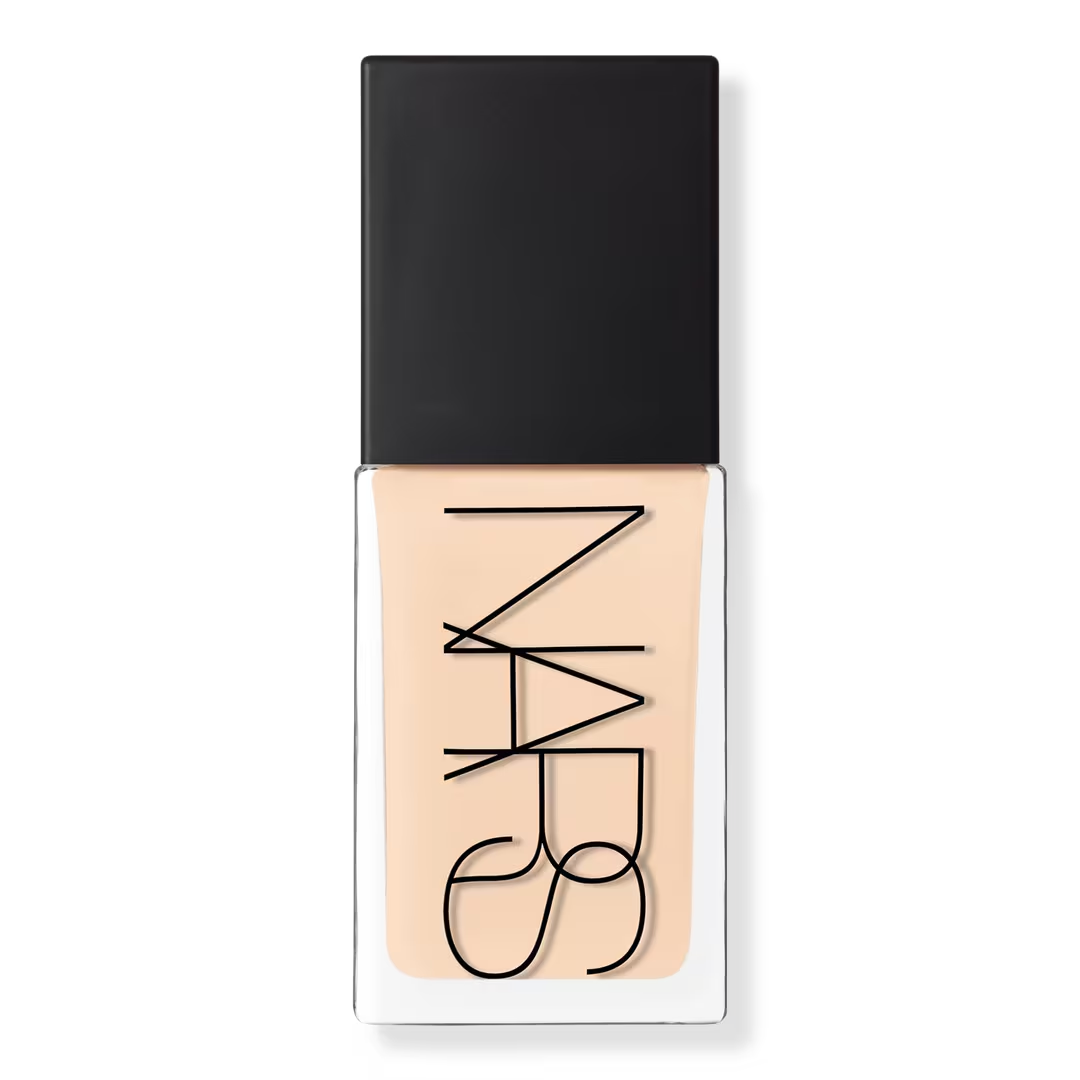Foundation
The foundation is a liquid, cream, or powder makeup. It applied to the face and neck to create an even, uniform color to the complexion, cover flaws, and, sometimes, change the natural skin tone. Some foundations also function as a moisturizer, sunscreen, astringent or base layer for more complex cosmetics.
Color classification
Cosmetic companies classify their foundations Warm, Neutral, Olive, or Cool based on matching the skin tone of the wearer. A handful of professional lines naming their shades based on ‘cancelling out’ the wearer’s natural skin tone. So they do not become excessively warm/cool toned in the applied areas. In other words, with some professional lines, a warm skin would choose a cool foundation, and a cool skin would wear a warm foundation.
Coverage
Coverage refers to the opacity of the makeup, or how much it will conceal on the skin.
- Sheer is the most transparent and contains the least amount of pigment. It will not hide discolorations on the skin but it can minimize the contrast between the discoloration and the rest of the skin tone. Although pigment technology has evolved dramatically since 2004, the traditional protocol for sheer foundations called for the pigment to comprise 8–13% of the finished formula.
- Light can cover unevenness and slight blotchiness but is not opaque enough to cover freckles. It contains 13–18% pigment.
- Medium coverage can when set with a tinted (instead of translucent) powder, cover freckles, discolorations, blotchiness, and red marks left by pimples. It contains 18–23% pigment.
- Full coverage is very opaque and used to cover birthmarks, vitiligo, hyperpigmentation, and scars. It is sometimes referred to as “corrective” or “camouflage” make-up. In general, it contains up to 35% pigment, though professional brands, designed for use on stage, can contain up to 50% pigment.
Showing all 2 results


